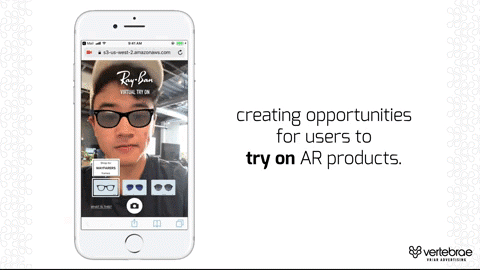Twitch co-founder and chief operating officer Kevin Lin was a keynote speaker at the VIEW conference in Torino, Italy last week. He was among several key video game luminaries, including Bonfire Studios’ Rob Pardo and Oculus’ Rex Bernard Yee. Lin talked about the rise of the streaming platform, as well as the company’s continual evolution post-Amazon acquisition. Immediately following his presentation, Lin spoke with AListDaily about the role esports has played in the streaming giant’s success.
“The genesis of Twitch was StarCraft 2,” Lin explained. “The esports community and a lot of pro players from StarCraft 1 and Brood War transitioned over very fast. We saw these commentators popping up and making YouTube videos about how to get better at the game. We were obsessed with the game and we reached out to the individual players and the individual content creators.”
Lin said his team wanted to not only be able to watch their favorite players play, but also watch them compete. They saw esports as a great display of their skill, and a way for Twitch to reach new audiences that would come back and watch the pros play, engage with them and even play games with them.
Lin said that today, esports accounts for approximately 25 percent of total Twitch traffic. Additionally, one of the company’s key esports partners is Blizzard Entertainment, the same developer that helped inspire the platform.
“We’re working with Blizzard to unlock and test different types of economics,” Lin said. “Cheermotes is a program we launched for the Heroes of the Storm Global Championships, which allows people to submit a new emoticon in the chat for their favorite team. The teams earn revenue from that emoticon being used in chat, and then there’s a global leaderboard that the community spends around HGC to unlock the game items for everybody.”
This concept draws on the power of the community, which is something Lin has watched Valve Software successfully harness with The International Dota 2 tournament.
“We’re also testing things with Twitch Prime around Blizzard esports events,” Lin said. “We figure there are cool, unique items that we can give for free to Prime subscribers as they watch their favorite events or their favorite streamers, so we’re testing a lot of these different economics. Blizzard has been very progressive in their thinking there as well, so that’s what we’re trying to do with them around their esports programs.”
As esports has become more mainstream, bolstered by companies like ESL, Activision Blizzard and ELeague, new sponsorship opportunities have opened up for Twitch and other livestreaming platforms.
“We’ve been in the business now for quite some time, and when it comes to connecting brands with the esports and gaming audience, it’s about combining a good pitch with the education process of, ‘What does it mean to watch video games?’” Lin explained. “Video games, in general, were very stigmatized culturally—particularly in America—for a very long time. It’s now breaking through that, but there are still a lot of folks that run brands who are not of that mindset, so you have to change that mindset. Then it’s about understanding how this gaming demographic engages with content and how they engage with brands. A lot of the work that we do now that’s outside of standard media sales is creating custom campaigns for brands.”
Lin pointed to the Nature Man “Twitch Plays Old Spice” campaign, which replicated the Twitch Plays Pokémon adventure by allowing viewers to control where a real man explored nature. Twitch worked with Old Spice to integrate content creators into the commercials, which gave the brand added authenticity.
“Brands like Mountain Dew and Doritos have come into the space in interesting ways that really embrace what we do,” Lin said. “They’re relearning how to create a genuine message for this audience and they get the benefits of having the community share this content featuring our commentators. A lot of people come and just slap their logo on and get nothing. You can’t do that in our space. The eyeballs are there, but they’re much more discerning as consumers. I think we’ve done a lot to educate brands about that.”
Community is the central component in what makes Twitch work, according to Lin. That’s why the company has continued to learn from its users, even as it faces strong competition from companies like YouTube and Facebook.
“We’ve always had competition, and we like to know what they’re up to and make sure that they’re not seeing something in the market that we’re missing. But we learned very early on that if you talk to your community, and you talk to your creators, they have pretty good ideas on what they need to be successful,” Lin said. “That’s part of the reason why we have TwitchCon; to have them meet more of the team at Twitch and have that direct line of communication so our product managers, our engineers and everyone else in the company understands what it is that our community wants.”

 Cacace believes that instead of replacing apps, Vertebrae could supplement them by driving discovery.
Cacace believes that instead of replacing apps, Vertebrae could supplement them by driving discovery.
